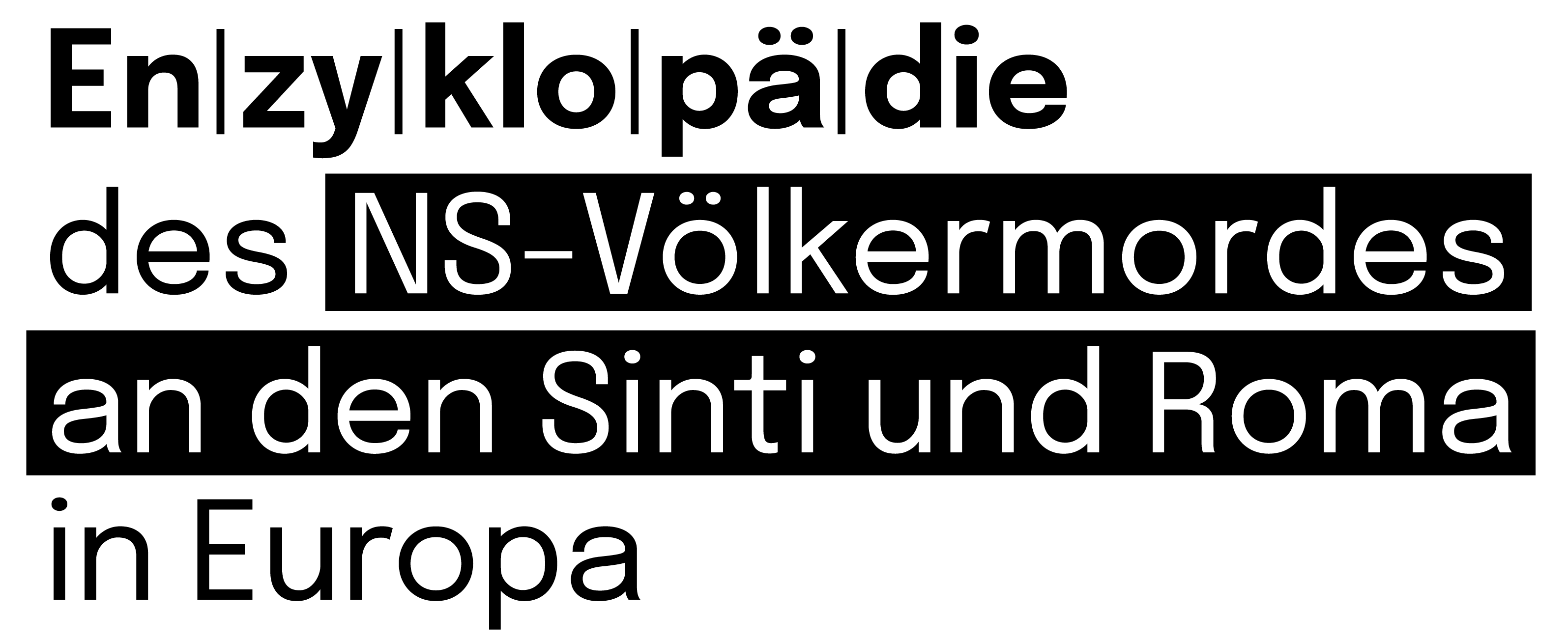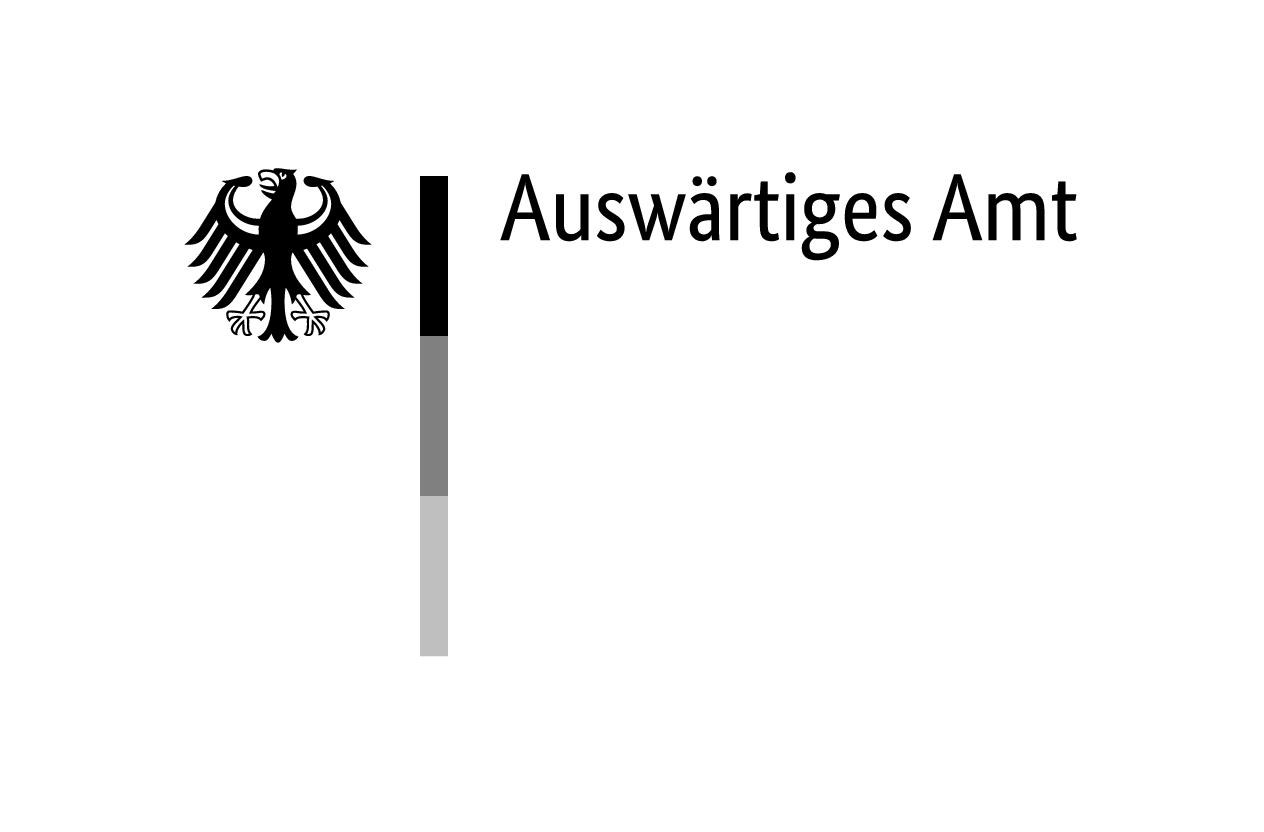The ‘Forbidden Coastal Zone’ [Zone Côtière Interdite] is the name given to the strip of land on the Atlantic coast of France, around 900 kilometres long and around 20 to 30 kilometres wide, to which special residence regulations applied. After Germany had started World War II by invading Poland on 1 September 1939, France imposed a state of siege on the same day. This meant that police powers were transferred to the military authorities.
The coastal zone was declared a strategic zone because of its proximity to the United Kingdom. This area was therefore to be cleared of people who were considered undesirable and suspected of espionage or offences against military operations.
Ban on Freedom of Movement in France
On 22 October 1939, the commander of the 9th Military Region issued a decree banning the free movement of ‘nomadic and fairground families’ in eight departments in the west of France and recommending their enforced residence or deportation to the interior of the country. These measures affected and threatened all holders of the ‘carnet anthropométrique’ [anthropometric identity card] and the ‘carnet d’identité forain’ [fairground identity book] introduced in France in 1912. By a decree of 6 April 1940, the ban on the free movement of Roma and Sinti was extended to the whole of mainland France for the duration of the war.
German-occupied Belgium and Northern France
After the invasion of Belgium and France by German troops in May 1940, the German occupying forces continued to enforce the special rules governing the Forbidden Coastal Zone on the North Sea.
In Belgium, border surveillance and espionage prevention were stepped up in the coastal zone. The military commander for Belgium and northern France, Alexander von Falkenhausen (1878–1966), prohibited itinerant trade in east and west Flanders and in the Antwerp region by a decree of 18 November 1940. Even if ‘Gypsies’ were not explicitly mentioned in the decree, they were effectively denied any opportunity to travel or reside.
A decision of 10 April 1941 led to an elaboration of the measures: The military administration for Belgium and northern France decided that Sinti and Roma were no longer permitted to reside in those areas, and this led to searches of homes and caravan sites as well as expulsions. This order shows a clear radicalisation of the measures against Sinti and Roma: individuals were no longer suspect and harassed because of their way of life, but according to National Socialist criteria. A ‘non-sedentary’ way of life and ‘race’ were inextricably linked.
The example of the Marinkovitch family, who lived in Calais, France (Pas-de-Calais department), shows what this could mean for those affected. The family of eleven was arrested on 16 December 1940, briefly thought to be Jewish and interned, but later identified as ‘Gypsies’. After being transferred to Boulogne-sur-Mer, they were evacuated inland to Troyes (Aube department). This region was under the control of the German military commander for France. The Marinkovitch family survived the war.
Another example are the nine Sinti and Roma, men between the ages of 16 and 32, who were arrested by the Geheime Feldpolizei 712 in Antwerp in the Forbidden Coastal Zone on 6 February 1943. They were transferred to Germany via the prison in Antwerp, the Citadel of Huy and the Saint-Gilles prison in Brussels and from Aachen as ‘security prisoners’ to the Auschwitz-Birkenau concentration and extermination camp in November 1943. Only one of them, Joseph Collicon-Taicon (1926–unknown), survived.




